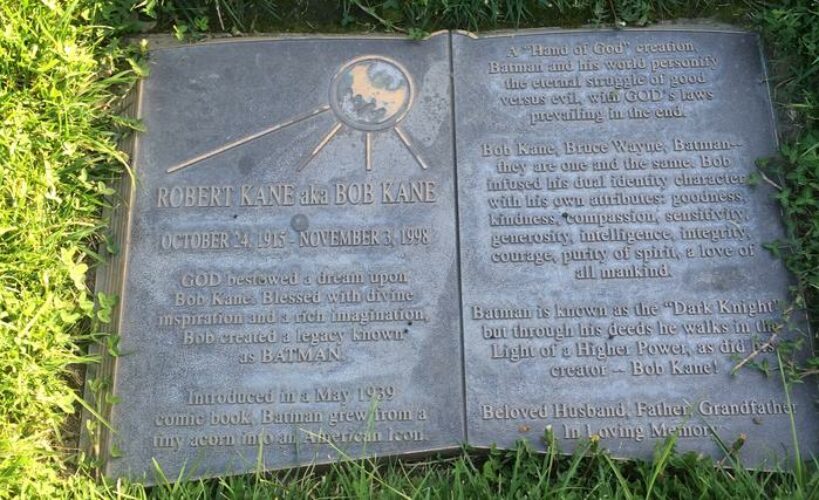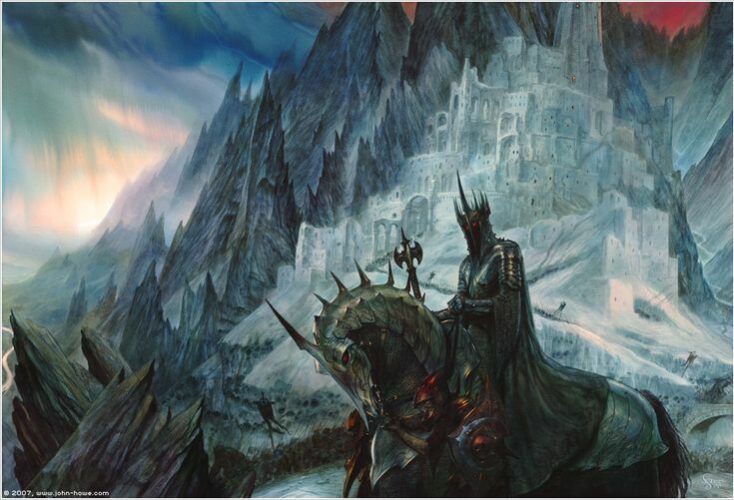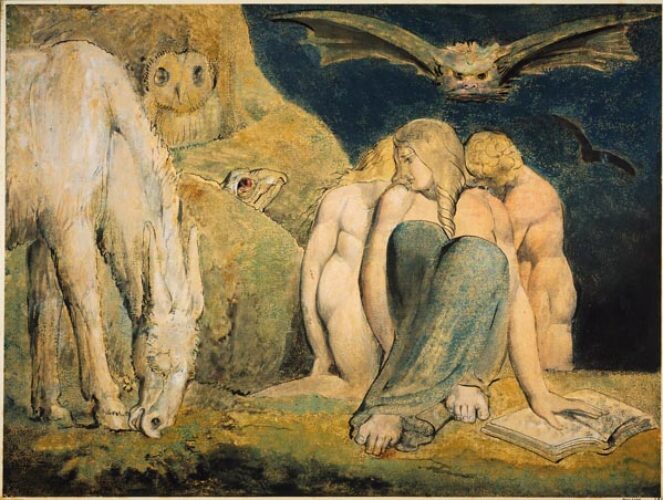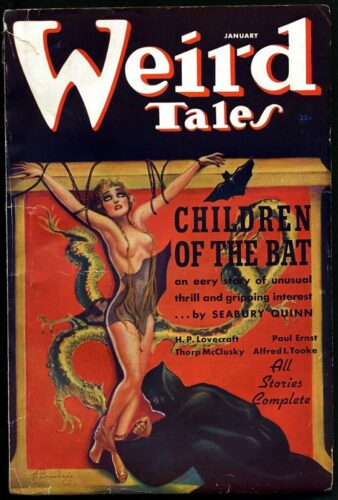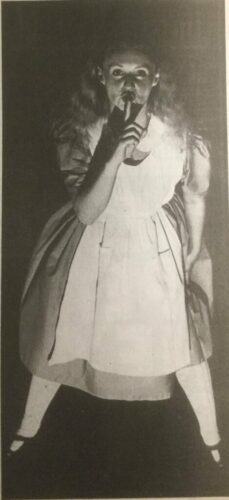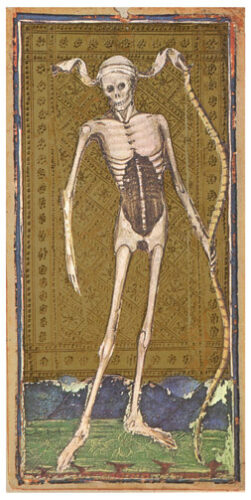Cirith Ungol
Name: Cirith Ungol (Sindarin: “cleft of the spider”), previously Cirith Dúath (“cleft of shadow”)
Description: It’s called “cleft of the spider.” Also it’s a pass through Ephel Dúath reached by a lot of stairs. Early in the Third Age, a tower is constructed here by the Men of Gondor as an outpost near Ithilien. Mordor’s Orcs eventually take the tower. At the end of the War of the Ring, all the orcs inside slaughter each other. Also there’s a giant spider here. Like, a really fucking big spider.
Location in Jackson films: Stone Street Studios, Wellington, and Swiss Hotel’s squash court in Queenstown.
The chasm below echoes the calls of armies clad in sable garments. Stairs crumble underfoot. Scattered bones clatter and crack. You step in something you hope is blood and not piss. Cobwebs thicker than a child’s wrist wave about in your face, and something tenuously clinging to the category of ‘alive’ scampers behind your back. Something less tenuously alive crawls up behind you, and the last bit of your spirit flares up, clinging to forces holier than you understand, as your legs give way to the damp rock below your feet.

Cirith Ungol is, if not where light goes to die in Middle-earth, a place where it is severely tested by filth, degradation, and monstrosity. Love and perseverance surface, but often to futile extents. Cirith Ungol is a putrid place where the ugliest remnants of the Dark Days and the castoffs of Mordor languish in tedium as they wait to die. Cirith Ungol consists of truly punishing stairs, with steps that are “narrow, spaced unevenly,” (The Two Towers, “The Stairs of Cirith Ungol”) some of which “cracked as foot was set upon them,” where “a cliff was on [the hobbits’] left and a chasm on their right,” a dilapidated guard tower is dwarfed by Minas Morgul in its close proximity, and a giant spider lives that can eat and kill you. It’s a typical Mordor death trap, and yet it feels representative of normalcy in Mordor — Tolkien leaves deliberate gaps in his subcreation, granting Middle-earth a roughness and thus a credibility. A glimpse often captures the whole, and in its way, Cirith Ungol is an effective snapshot of Mordor.
The cleft has no grandeur. Barad-dûr, Orodruin, and the Black Gate are landmarks; one is Sauron’s fortress, the second is a volcano that serves as Sauron’s personal forge, and the third is the sole legitimate passage into Mordor. Those places are ceremonious, as central to the land as 10 Downing Street is to London or a Walgreens is to any mid-sized American city. Cirith Ungol, however, is a dilapidated relic, a cadaverous passage watched by the occupants of a tower “that had not been built to keep enemies out of Mordor, but to keep them in” (The Return of the King, ”The Tower of Cirith Ungol”). The place is partway between a museum and a death trap, guarding the past while never permitting it to escape.…

